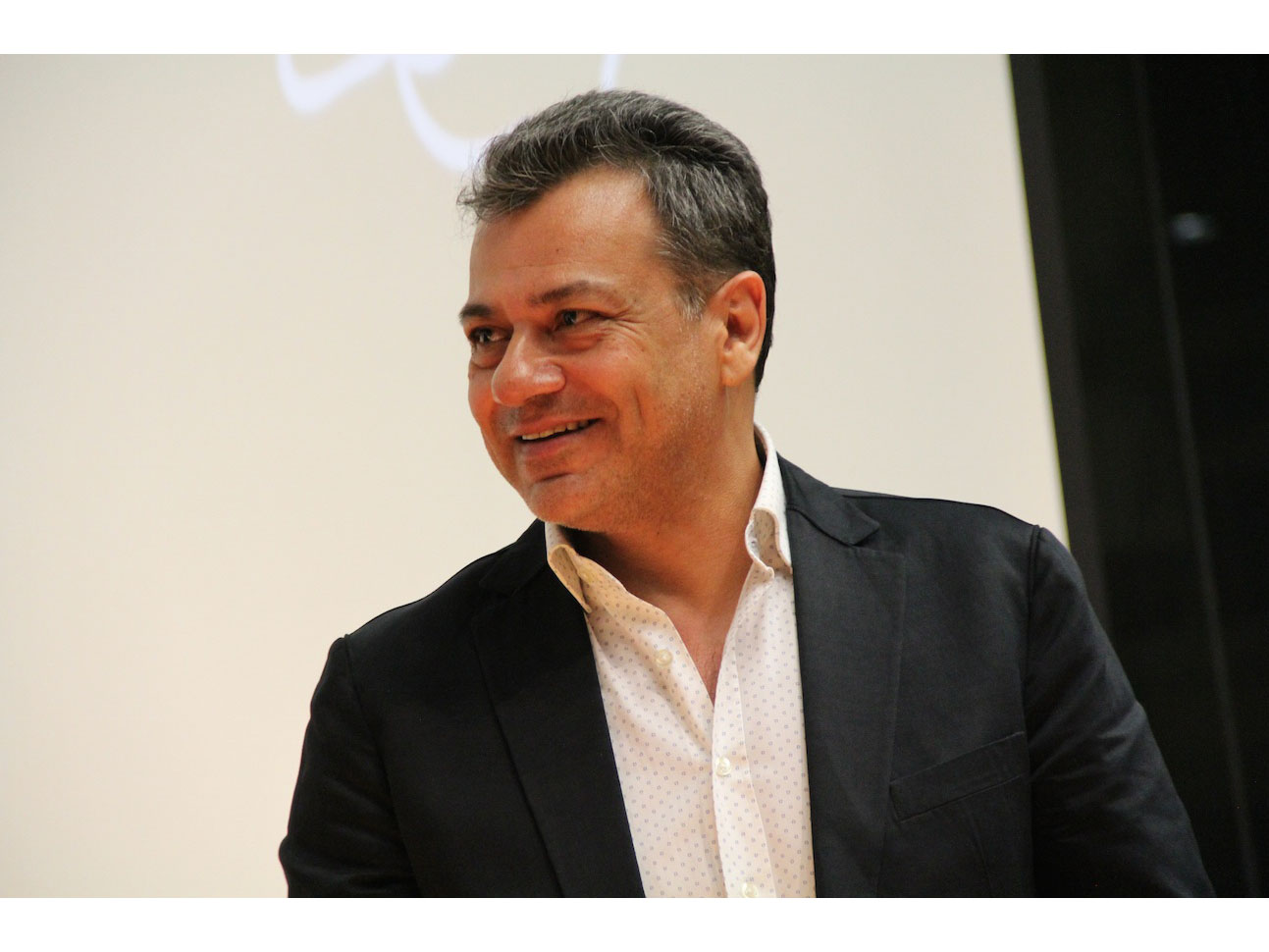Industry Talk
Lebanon Advertising Investments in 2022: the figures
by Naji Boulos
February 16, 2023
.jpg) Advertisement
AdvertisementThe Lebanese advertising industry has seen a slight recovery in 2022 after two “anni horribiles" in 2020 and 2021, affected by both the economic crisis and the coronavirus pandemic. Ad expenses improved, reaching nearly $24 million, a 100 percent increase compared to 2021.
The growth of the industry is attributed to two factors: the alignment of advertising space pricing with the "fresh" dollar rate and the parliamentary elections in May, which prove to a financial windfall eagerly awaited by the media every four years. The election period in April and May saw a significant increase in spending, helping the industry's recovery.
Although the figure of $24 million is not official, as there is no organization auditing advertising spending, it is considered reliable as it is gathered from the main market actors in Lebanon. Only the company IPSOS conducts an advertising survey, but it only uses official rates without considering negotiations, discounts or free spaces offered by media.
Despite the growth, the industry still has a long way to go. Since the mid-90s, advertising spending in Lebanon has always exceeded $100 million, reaching a peak of over $160 million. This is a paltry sum given that Lebanon launched advertising in the Middle East, opened up the Gulf markets, founded the largest regional agencies, and enjoys a free economy and a true advertising culture. With a global average ad spending per capita of $119.60 in 2022, ad spending in Lebanon should exceed $450 million for a population of 4 million.
The increase in advertising spending is not consistent across all media types, with radio and press not seeing significant growth.
Out-of-home (OOH) advertising has become the leading medium in Lebanon, with a total of $12 million invested, surpassing television for the first time. OOH was the biggest beneficiary of the election campaigns, accounting for over 50 percent of its revenue for the year. With all networks, regardless of format, fully booked during the election period and rates charged at full price with payments required in advance, the OOH sector performed well, with a year-end occupancy rate of almost 100 percent. Advertisers find OOH attractive due to its cost-effectiveness, efficiency, flexibility, and ability to reach a large audience with the right message at the right time for a lower investment than TV.
TV advertising, on the other hand, has struggled, with ad spending barely reaching $10 million dollars. This figure does not include election spending outside of advertising screens, such as editorial content, interviews and specials funded by political parties and candidates. The TV advertising industry is expected to suffer for a few more years, as major advertisers withdraw from the advertising scene. The majority of investments come from multinationals, such as Procter & Gamble, Unilever, L'Oréal, Nestlé, and the banking sector.
Radio advertising has hit a $1 million ceiling, attracting only small advertisers. The radio medium is losing popularity not just among big advertisers, but also among station owners. The sector, which lost most of its hosts during the crisis, is sorely lacking in innovations to adapt to the evolution of radio listening. With a growing number of young people turning to digital media, especially smartphones, to listen to radio, it is imperative to adapt to new trends. However, radio remains trusted by a majority of listeners.
Press advertising is the biggest loser of the economic crisis and will struggle to recover in the coming years, though with a lack of fighters the battle appears already lost. Over 30 local media outlets have vanished in the past four years, leaving only a few dailies and some sporadically published magazines. Press advertising continues to decline, with investments not exceeding a few hundred thousand dollars, a trend that is expected to persist in 2023. In the 1990s, press advertising brought in $30 million in revenue.
Digital advertising, particularly on social networks (led by Facebook and Instagram), is attracting small advertisers like small businesses, associations and influencers. After investments came to a halt in 2020 and 2021 due to a lack of liquidity and means of payment in "fresh" dollars, recovery was modest in 2022. Investments are still less than $1 million, compared to the $5 million invested before the crisis. However, the potential is there. The only downside is that these investments are not injected into local websites but mainly benefit two global corporations, Alphabet (Google, YouTube) and Meta (Facebook, Instagram). Advertising on social networks offers several benefits, including visibility, cost-effective targeting of a qualified audience, and effective ROI measurement. With 4.7 billion users worldwide in 2022, social networks have become the largest advertising market. In 2022, social advertising revenue rose by $42 billion to reach $226 billion, and is expected to exceed $300 billion by 2024.
2023, meanwhile, is shaping up to be an uncertain year, even as advertisers start to adjust to the economic conditions. It will take several years to regain the vitality and dynamism of the advertising industry that Lebanon is known for.



.jpg)










